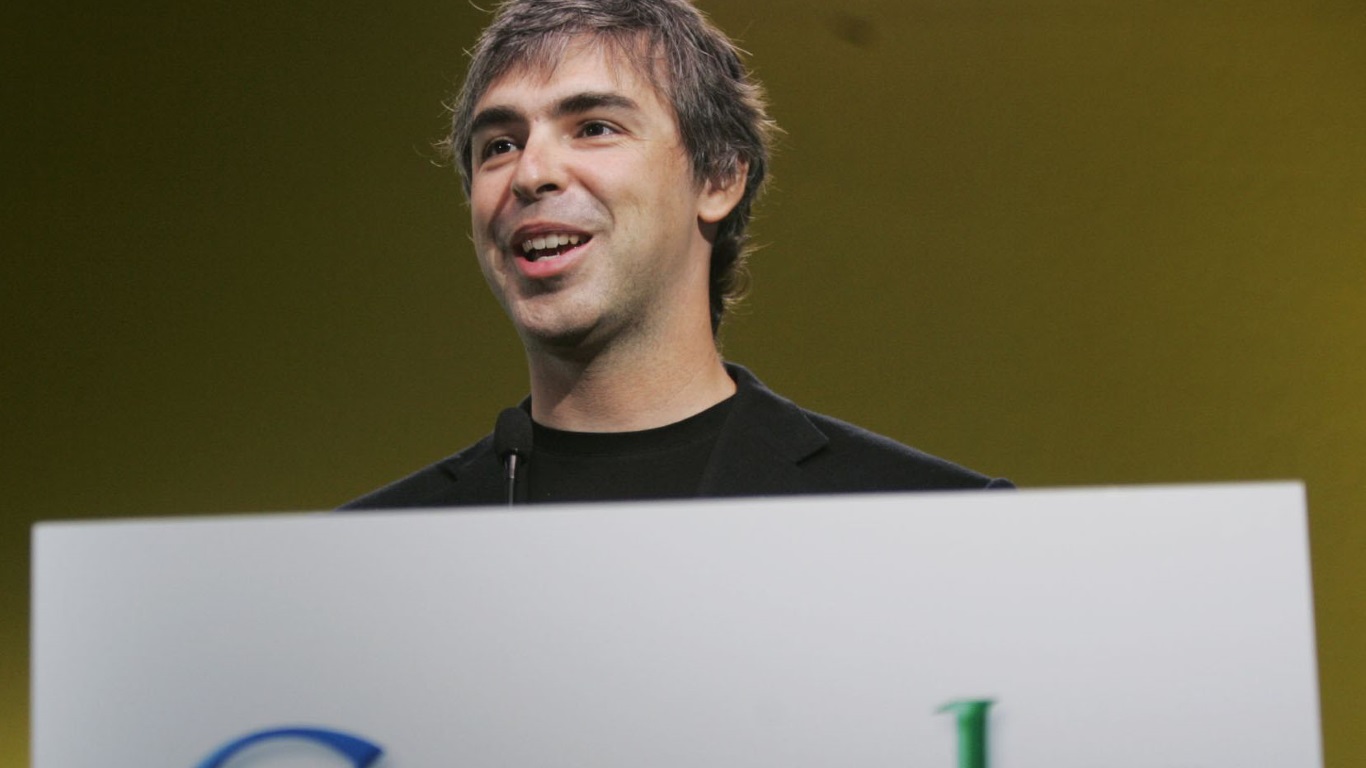 NEWS
NEWS
 NEWS
NEWS
 NEWS
NEWS
Google Head Honcho Larry Page
The consumer cloud space just got a bit more exciting, following the recent announcement by Microsoft that Office 365 subscribers will soon have unlimited storage. Microsoft seemed quite jubilant about the move, with Chris Jones, OneDrive corporate VP quite loftily pointing out last week, “Today, storage limits just became a thing of the past with Office 365.”
But one thing we’d like to point out is: size isn’t everything.
Here is a short rundown of this constantly evolving marketplace and the differences in cloud services:
Let’s start with cold, hard cash. OneDrive is cheaper than its competition, charging just $6.99 a month for its unlimited storage package. Google Drive meanwhile will set you back $10 per month for 1TB of space. Dropbox Pro and Dropbox for Business will cost you $10 and $15 respectively per user per month, with a minimum of five users for the business package. Box is a tad more expensive at $17 a month for the unlimited storage package, with a minimum of 3 users. Google Drive and One Drive give you 15GB of free space, Box gives you 10B, with a 250MB maximum file size, and Dropbox 3GB.
.
OneDrive
If you want to share your files between Windows devices then it can be done with the smallest amount of effort via OneDrive. As it’s made for the Windows operating system you can edit photos and other documents from OneDrive on all your Windows applications with ease. Moreover, you can work on documents in real-time with other people with Office apps, actually seeing edits being made by others. You can download OneDrive to Mac and older editions of Windows, install it on Android, iOS, Xbox apps and the Windows Phone. A cool feature is that with the Android app, any photos you take with your smartphone will be directly saved into OneDrive.
On the downside, if you’re not using Windows devices then you might be better with one of the other options.
.
Google Drive
Google Docs has come a long way. Subscribers of a Google account have access to all sorts of office tools such as spreadsheets, a word processor, and presentations features. You get 15GB of free space, but remember that all your files and photos that you save in the drive will be added to the space from your Gmail account. And if you have a Gmail account, saving anything into the drive couldn’t be simpler.
One negative aspect is that unlike OneDrive, Google Drive won’t let you upload files and photos from your phone straight into the cloud.
.
Dropbox
Once the king of the cloud space, Dropbox is now finding itself more like a man of the people. One of the good things for users who are somewhat technically challenged is the simplicity of Dropbox, making it pretty much navigable for a four year old. Once you are set-up you can access files easily from anywhere if you have it installed in Windows, Mac, Linux iOS, BlackBerry, Android and Kindle Fire apps. There are no restrictions on file size, and if you want more than the 3GB of free space all you have to do is get your friends to sign up and you get an extra 500MB (max. 16GB) for each installation.
Anything goes into the Dropbox cloud – you’ll find OneDrive has some strict regulations as to what you can save in the cloud. Dropbox is more liberal.
If simplicity is one of Dropbox’s better points, it is also its weakness, because it just doesn’t have all the extra features available on the aforementioned cloud storage services.
.
Box
One thing to bear in mind about Box is that it probably suits business needs more than it does personal needs. It was built as a professional storing tool, and has all kinds of features that are applicable to the workplace, such as task assignation, editing tools, and places to leave comments for your workmates. It works like most other storage services in that it syncs between your hard drive and the cloud, but one of the better (business-oriented) aspects is that shared documents can be password protected, or only accessible to certain people in your company. In terms of privacy it’s the cloud you can trust.
The con: well, if a kid can navigate Dropbox, then Box might be more suited to an adult. It’s purposely intricate with its many features, and so likely not the best option as the cloud to play with.
Support our mission to keep content open and free by engaging with theCUBE community. Join theCUBE’s Alumni Trust Network, where technology leaders connect, share intelligence and create opportunities.
Founded by tech visionaries John Furrier and Dave Vellante, SiliconANGLE Media has built a dynamic ecosystem of industry-leading digital media brands that reach 15+ million elite tech professionals. Our new proprietary theCUBE AI Video Cloud is breaking ground in audience interaction, leveraging theCUBEai.com neural network to help technology companies make data-driven decisions and stay at the forefront of industry conversations.